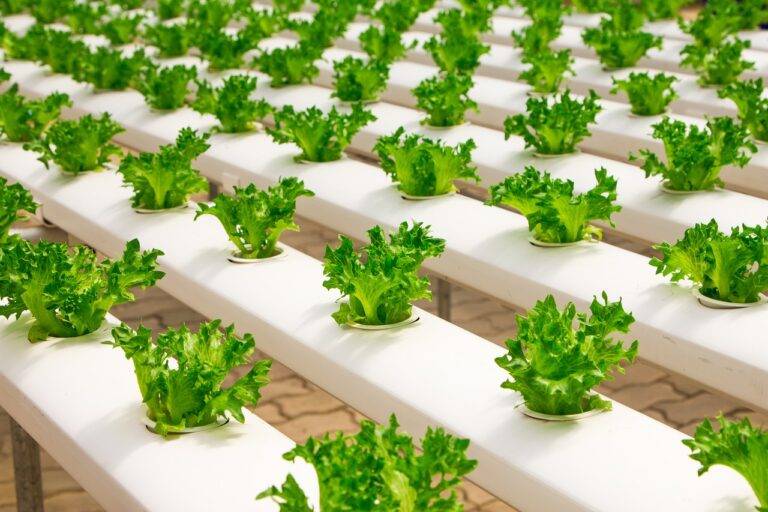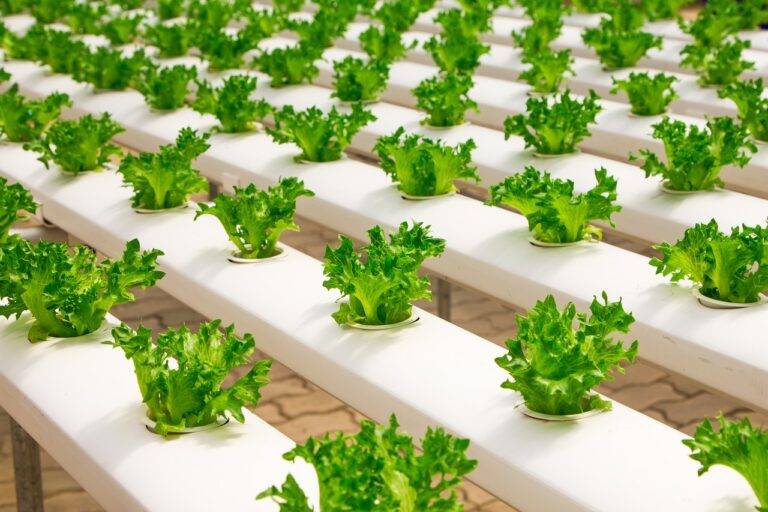The Future of Vertical Farming: Feeding Cities of Tomorrow
Vertical farming offers numerous advantages that make it an attractive solution to address the growing demand for sustainable food production in urban areas. By utilizing vertical space, this innovative farming method allows for higher crop yields in smaller spaces compared to traditional horizontal farming. This not only increases the overall productivity of the farm but also helps in conserving land resources, which is crucial in densely populated urban environments.
Furthermore, vertical farming minimizes the need for pesticides and herbicides by creating a controlled environment that reduces the risk of pests and diseases. This not only leads to a healthier and more nutrient-dense produce but also contributes to a more environmentally friendly farming process. Additionally, vertical farming can help reduce the carbon footprint associated with food production and distribution by growing fresh produce closer to urban consumers, thereby decreasing the reliance on long-distance transportation.
Challenges to Implementing Vertical Farming in Urban Areas
Vertical farming in urban areas faces several challenges that need to be addressed for successful implementation. One significant obstacle is the high initial investment required to set up vertical farms in densely populated cities. The cost of acquiring suitable land, installing the necessary infrastructure, and purchasing advanced technology can be prohibitive for many growers, especially small-scale farmers.
Another challenge is the lack of widespread knowledge and expertise in vertical farming techniques among urban populations. Traditional farming methods have dominated agricultural practices for centuries, making it difficult for many individuals to transition to vertical farming. Education and training programs are essential to equip farmers with the skills needed to operate vertical farms efficiently and sustainably in urban environments.
What are some benefits of vertical farming?
Some benefits of vertical farming include increased crop yields, reduced water usage, year-round production, and the ability to grow food in urban areas where traditional farming may not be possible.
What are some challenges to implementing vertical farming in urban areas?
Some challenges to implementing vertical farming in urban areas include high initial start-up costs, limited space availability, zoning regulations, energy consumption, and potential issues with pest control.
How can zoning regulations impact the implementation of vertical farming in urban areas?
Zoning regulations can impact the implementation of vertical farming in urban areas by restricting the type of agricultural activities that can take place in certain areas, making it difficult for vertical farms to operate within city limits.
How can energy consumption be a challenge for vertical farming in urban areas?
Energy consumption can be a challenge for vertical farming in urban areas due to the need for artificial lighting, heating, and cooling systems to maintain optimal growing conditions for crops, which can result in high energy costs.
What are some potential solutions to overcome challenges in implementing vertical farming in urban areas?
Some potential solutions to overcome challenges in implementing vertical farming in urban areas include utilizing sustainable energy sources, implementing efficient water management systems, working with local governments to address zoning issues, and investing in research and development to improve vertical farming technologies.






